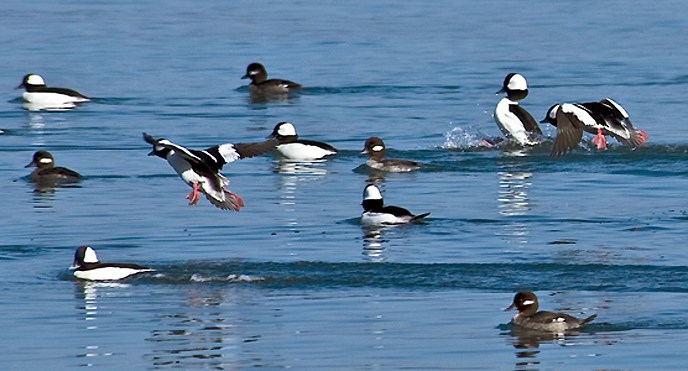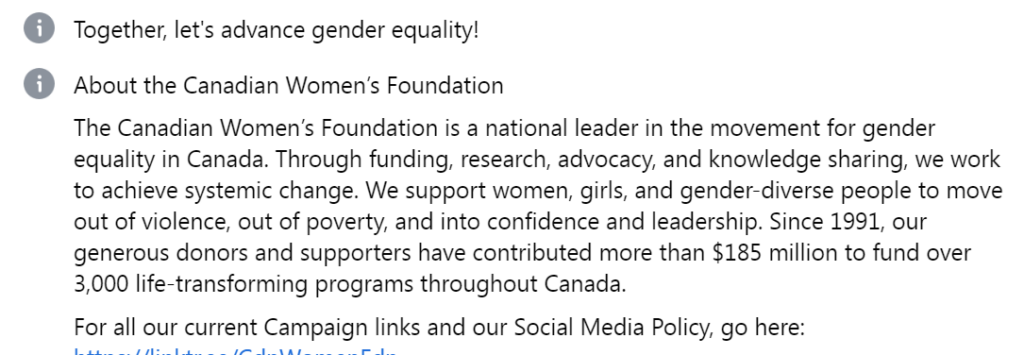NPR is so captured.
This story is part of a series looking at transgender inmates in the U.S. and the challenges they face in confinement and upon release. The series focuses on topics such as being incarcerated in prisons that do not reflect their gender identity, the medical hurdles faced behind bars and rehousing after being released.
Does the series ever focus on the results for women when men are incarcerated in prisons that do reflect their “gender identity”? The danger, the loss of privacy, the fear?
“Christina” Lusk had just been told he would be getting “surgery to affirm her gender identity” but before it happened he was busted for dealing meth.
She pleaded guilty. She has since spent about three years incarcerated in a men’s prison. She faces relentless harassment and crippling loneliness, she said, and now she wants this mistreatment to end.
He wants to shift the burden onto women, which just goes to show that he has no idea what it’s like to be a woman.
He’s suing the Department of Corrections.
After her guilty plea in 2019, Lusk was sent to the Moose Lake men’s facility. Lusk believes that she, a trans woman who has a reissued birth certificate that states she is female and who has undergone gender-affirming procedures, should be placed in the women’s prison in Shakopee, Minnesota. (It should be noted that the authenticity around a trans person’s gender identity is not inherently tied to surgeries, other medical treatments or changes to legal documents. Some people don’t take these steps for a variety of reasons.)
It’s not tied to anything. It’s bullshit. It’s also dangerous to women. It’s nauseating to see NPR oozing sympathy for meth-dealer guy while ignoring the plight of women who would have to share space with him.
Lusk is now 57. It was only a few years ago that she really started living freely as herself. A psychiatrist told her she had gender dysphoria. That’s a medical term used to describe the deep discomfort caused by a mismatch between a person’s assigned sex at birth and their gender identity.
No, it’s not a medical term. It’s a pseudo-medical term at best.
When Lusk detailed some of the instances of abuse she has dealt with, she started to cry. She took a long pause and quickly wiped the tears from her face.
“That’s why I want to move to Shakopee. I don’t think the women are going to be as aggressive and horrible to me,” she said.
Men are aggressive and women are less aggressive, so he, a man, wants to impose himself on women. Nice for him, not so nice for the women.
NPR finally gets around to a reluctant mention of this angle near the end of the piece.
The state has started slowly moving inmates who have requested a change and gone through steps for approval. Opponents of the policy say they’re concerned about the potential for assault by inmates transferred from men’s facilities.
They do??? Who could possibly have dreamed of such a thing?
Lusk, as well as many other trans individuals NPR spoke to for this project, said there will no doubt be people who are not transgender, nonbinary or intersex who try to take advantage of housing policies like this.
But they say it’s up to the prisons to establish guidelines that help secure approval for nonviolent offenders, while weeding out any cisgender inmates acting in bad faith. It can be done, they said.
Yeah you just weed them out. That’s how we do it everywhere else in life so that’s why there’s no rape or abuse or violence against women. Problem solved. Thanks, NPR!





